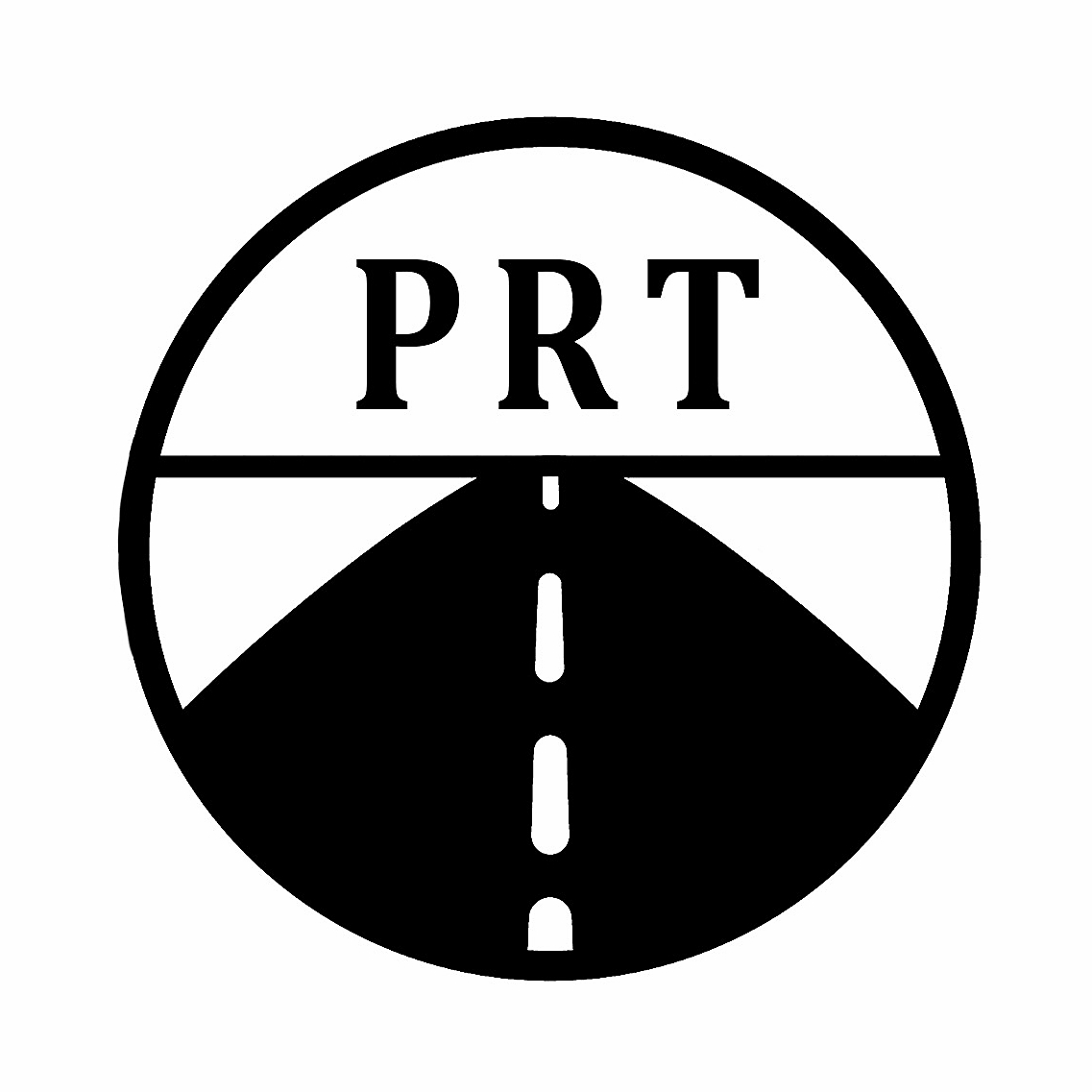Wrestling The PMI® PMBOK® Guide Under Control
/Background:
When you first crack open The PMBOK® Guide and try to read it, your mind starts to wander and your eyes get heavy in short order. The book feels like it was written by a circus hypnotist - expert at putting people to sleep with a few sentences. Yet The PMBOK® Guide is the foundation upon which you need to rely as you prepare for the PMP® exam. You must find a way to wrestle it under control.
My Recommended Strategy:
Learn the PMI framework in two passes. Each pass will require approximately six weeks on average. In the first pass you focus on learning foundational concepts. In the second pass you do a deep, but selective reading of The PMBOK® Guide, to extract and retain as much as you can of the more granular content.
Once you’ve gained that foundation in the first pass, you are able to hold your own against that circus hypnotist during your deep reading of The PMBOK® Guide in the second pass.
The First Pass:
Cover ~ two chapters per week. For each chapter, first do a very light skim of The PMBOK® Guide. Then watch the video segments in our self-paced eLearning course. These present important concepts and provide high-level perspective. With rich visual perspective and audio voice-over, minimal effort is required, and a relaxed listen-and-absorb mode of engagement is suggested. Then work through the practice questions for that chapter within our eLearning course. Study deliberately — question by question, committing to an answer and checking your response and studying the explanation carefully before moving on to the next question. As you progress through phase 1 you will also gradually build-up your ability to write out all of pages 1 and 2 of your brain dump, and you will practice your flashcards every day. You will also practice our ITTO Drag & Drop exercises a few times a week. In this first pass, you may find reading the text within the Crosswinds study guide a helpful complement to our video lectures.
Second Pass:
By the time you get to the second pass, your understanding of the fundamental concepts will be so strong that the circus hypnotist will have lost his grip on you. You will be able to to do a deep reading of The PMBOK® Guide and stay awake because you understand what you are reading. You will be able to read selectively, skimming past the material that you have mastered through working on your brain dump, flashcards and ITTO exercises. You will be doing a best effort read & retain of The PMBOK® Guide for those other gems of wisdom in there — what emerging trends seem especially noteworthy for this knowledge area? What noteworthy details does The PMBOK® Guide provide as it describes that particular example of data representation in that process? Read for what what stands-out and resonates with you. If you try to absorb and retain every detail, no matter how trivial it feels, you will overwhelm yourself and will retain less of the important material than you would want. You need to focus and identify what feels important and relevant. Focus on the patterns and principles that are present. In parallel with this deep reading of The PMBOK® Guide you will keep doing practice questions, using the ones in the Crosswind study guide now. You will also keep practicing your brain dump and flashcards every day and the ITTO exercises a few times a week.
Summary
It will take a total of approximately three months on average to prepare fully for the PMP exam, following this approach. Consistency of effort is super-critical. You need to be putting-in at least eight hours per week of quality study time on a very consistent basis.
Cover two chapters per week in the first pass, and then again in a second pass, as described above, and you should be ready to be successful on the exam, and you will actually learn the PMI framework for project management well enough to draw guidance from it as you go about your work as a project manager. There is no “EASY” button here. It is not just about gaining the PMP certification… it is about becoming a more effective project manager — a driving force for action — translating strategy to accomplished objectives and realized benefits.
Afterword
This effort is too important to approach in a haphazard way. Don’t spend time in discussion forums on the Internet, where the blind are leading the blind. Create and follow a solid plan, use authoritative sources of information and exercise discipline. This is what it takes to be successful.
I’ve prepared a video to go through this two-pass study strategy in a little more detail. Here is a link to that video: https://www.project-road.com/wrestle-the-pmbok-r-guide
PMI, PMP and PMBOK are registered marks of the Project Management Institute, Inc.

